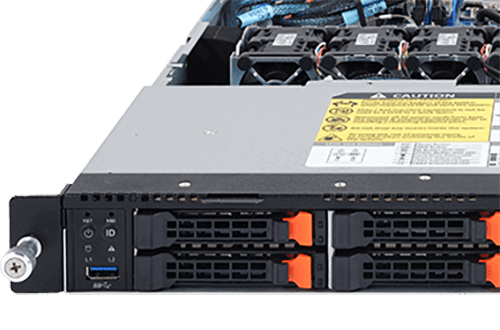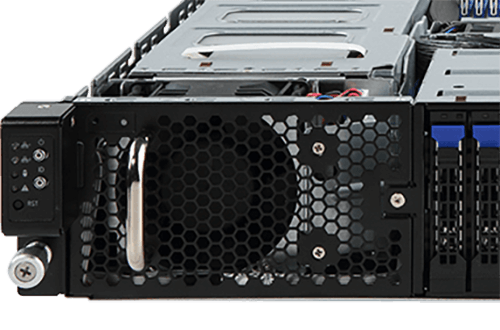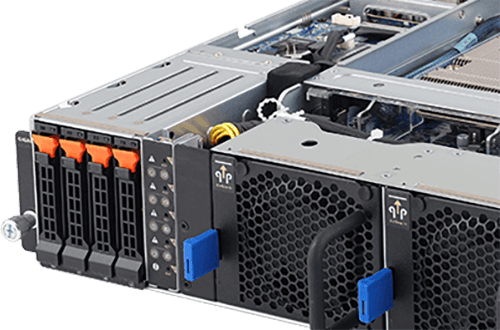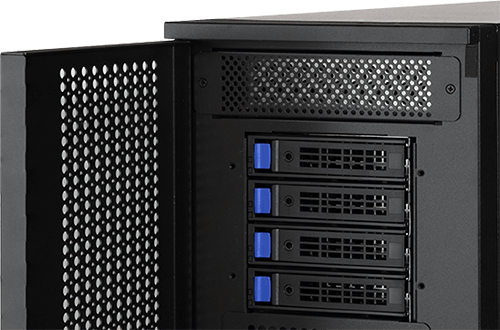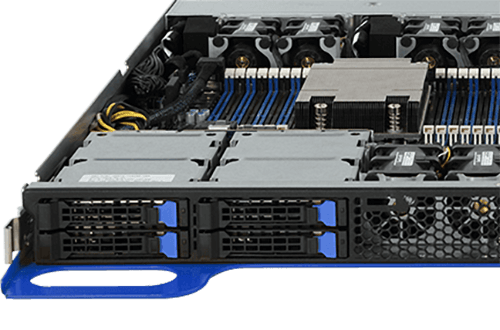Parallel Computing | 平行運算
What is it?
Parallel computing refers to a method of using multiple computing resources at the same time to solve a computational problem. During the process, many instructions are executed simultaneously. The basic concept is to divide the content to be calculated into discrete parts, and then solve the problem by using multiple execution methods.
Why do you need it?
A traditional method of computation involves performing software operations on a single computer (with a single central processing unit). The CPU uses a series of instructions to solve the problem in sequence, but only one of the instructions can be executed at a time. Parallel computing is an evolution of this sequence calculation method, with an intention to simulate the state of the natural world, where events occur simultaneously and can be processed in parallel at the same time. According to this principle, the processing speed of complex instructions can be accelerated, and computation time can be reduced.
How is GIGABYTE helpful?
GIGABYTE's G-Series Servers feature a variety of GPU accelerator card expansion slots, which allow the benefits of parallel computing to be realized by utilizing the processing power of a multi-core GPU. The G291-2G0 can accommodate up to 16 NVIDIA T4/P4 accelerator cards in a 2U chassis, making it suitable for artificial intelligence inferencing workloads, such as: speech recognition, image and video processing, online shopping or video streaming recommendation systems, etc. NVIDIA’s Tesla T4 is designed to provide scale-up expansion of a single server’s acceleration compute capabilities, reducing inferencing delay by a factor of 10 and providing incredible compute energy efficiency 40 times higher than a CPU.







